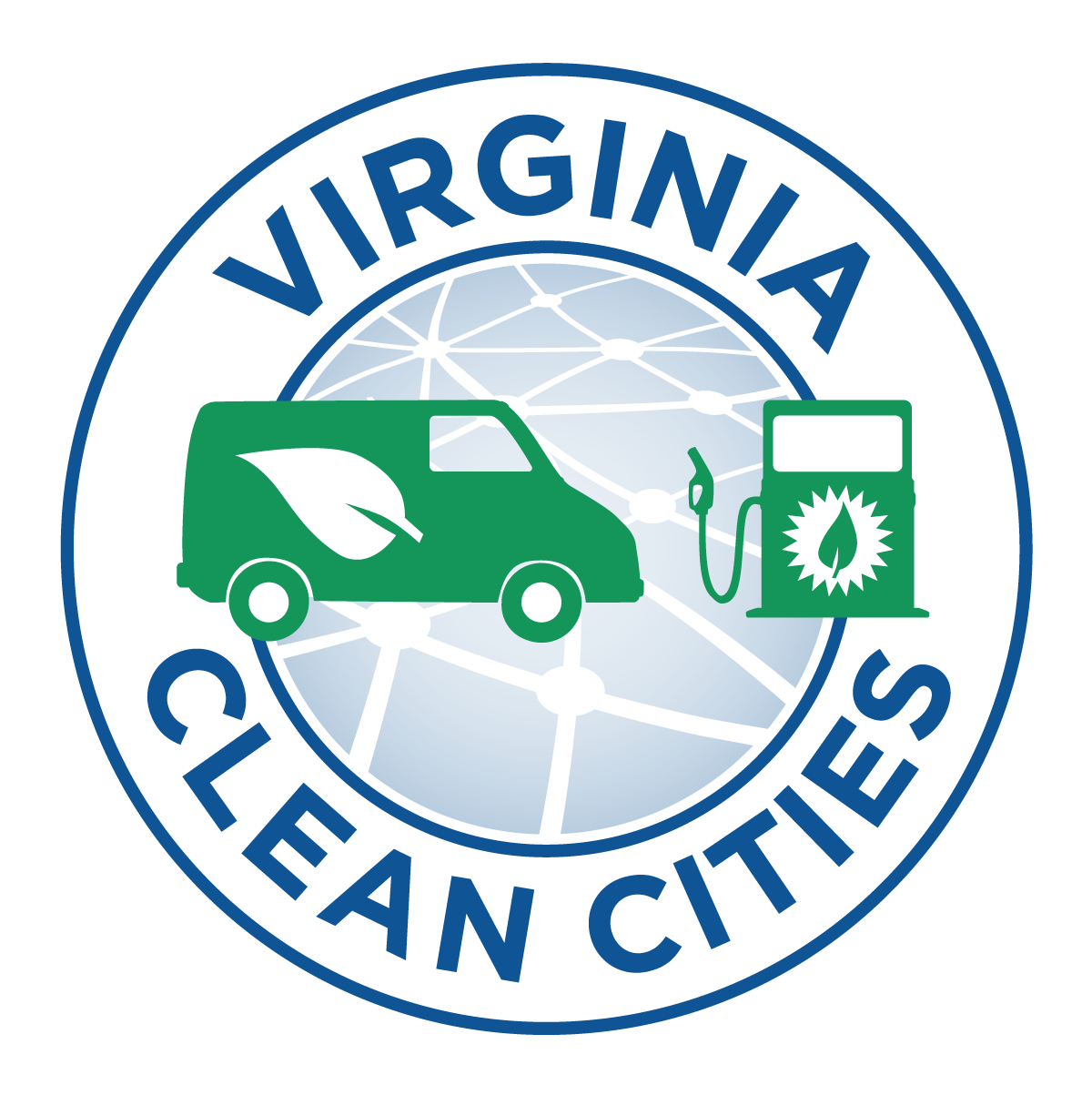What is Propane?
According to the Gas Processors Association HD5 specification for LPG as a transportation fuel, LPG must consist of 90% propane, no more than 5% propylene, and 5% other which is primarily butane and butylene. It is produced as a by-product of natural gas processing and petroleum refining. The components of LPG are gases at normal temperatures and pressures.
How is Propane Made?
Propane is a by-product from two sources: natural gas processing and crude oil refining. Most of the LPG used in the United States is produced domestically. When natural gas is produced, it contains methane and other light hydrocarbons that are separated in a gas processing plant. Because propane boils at -44°F and ethane boils at -127°F, it is separated from methane by combining increasing pressure and decreasing temperature.
The natural gas liquid components recovered during processing include ethane, propane, and butane, as well as heavier hydrocarbons.
Propane and butane, along with other gases, are also produced during crude refining as by-products of the processes that rearrange or break down molecular structure to obtain more desirable petroleum compounds.
What are the Benefits of Using Propane?
Propane vehicles can produce fewer ozone-forming emissions than vehicles powered by reformulated gasoline. In addition, tests on light-duty, bi-fuel vehicles have demonstrated a 98% reduction in the emissions of toxics, including benzene, 1,3 butadiene, formaldehyde, and acetaldehyde, when the vehicles were running on propane rather than gasoline.
The cost of a gasoline-gallon equivalent of propane is generally less than that of gasoline, so driving a propane vehicle can save money. In addition, propane is the most accessible of all alternative fuels. In the United States approximately 3,000 publicly accessible facilities offer propane.
Approximately 85% of all propane used in this country comes from domestic sources, so driving a propane vehicle can help reduce U.S. dependence on imported oil and strengthen national energy security.
The information above was obtained from the Alternative Fuels Data Center, which is a great technical resource on all alternative fuels and vehicles. Source link: http://www.eere.energy.gov/afdc/altfuel/natural_gas.html.
Current Virginia Clean Cities Propane Projects
Southeast Propane Autogas Development Program
The goal of SPADP is to implement 17 propane stations, convert over 1,100 vehicles to propane, conduct propane road shows in 9 southeastern states, deploy a national marketing and outreach campaign. Project will eliminate over 16,000 tons of pollutants (criteria and GHG) over the 4 years, displace 15,772,100 gallons of gasoline, and create/retain 600 jobs. More information about the program can be found here.
Past Virginia Clean Cities Propane Projects
Gloucester County Propane School Bus Project
On October 26, 2009, Gloucester County Public Schools was presented a check from MARAMA and the keys to their 5 new propane school buses. Elected representatives spoke about the commitment by Gloucester County to environmental sustainability and energy security at Page Middle School.
Funding for the propane school bus pilot is being provided by the American Recovery and Reinvestment Act of 2009 via the EPA National Clean Diesel Program and the Virginia Department of Environmental Quality.
Presentations
March 4, 2014 Autogas Working Group Call – First Responders
Spancil Hill – Tony Dale
NAFTC – Micheal Smyth
Janaury 7, 2013 Autogas Working Group Call
Roush CleanTech- Chelsea Jenkins
Sonny Merryman- Natalie Van Dyke
